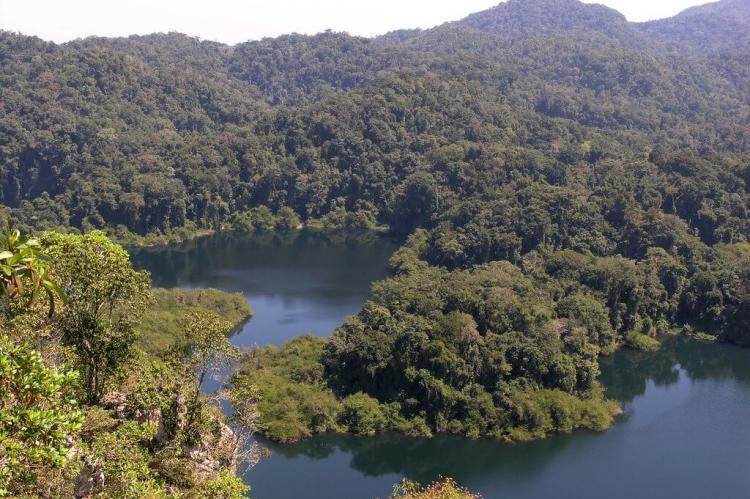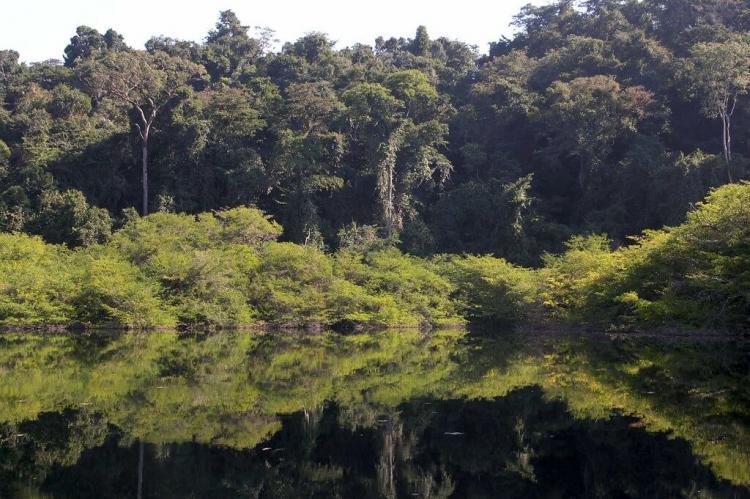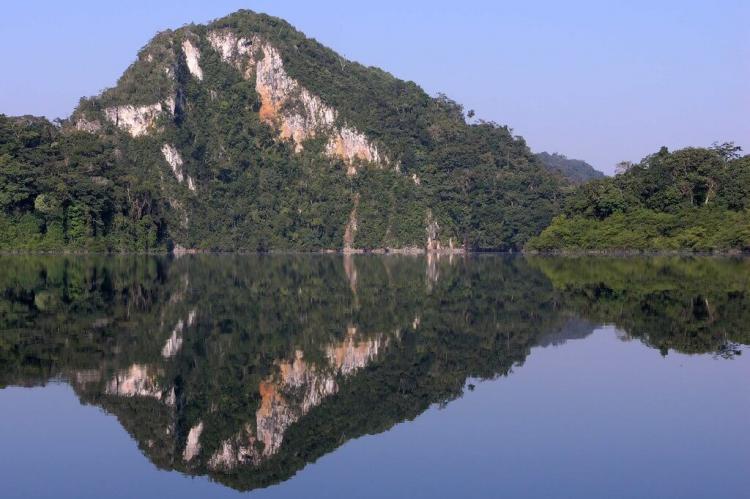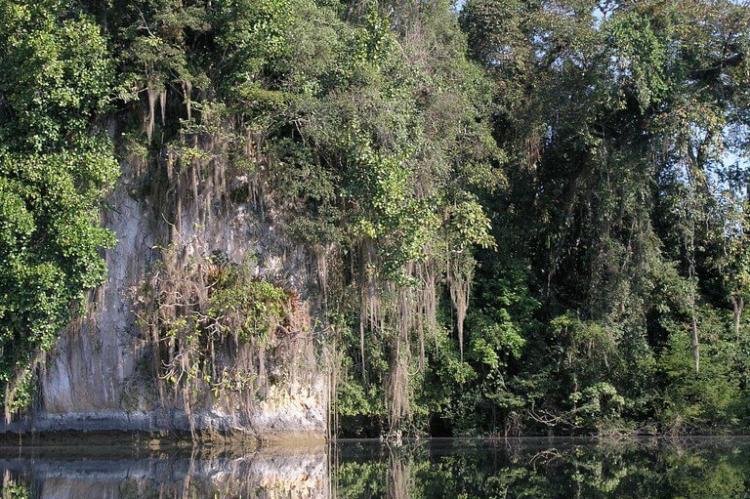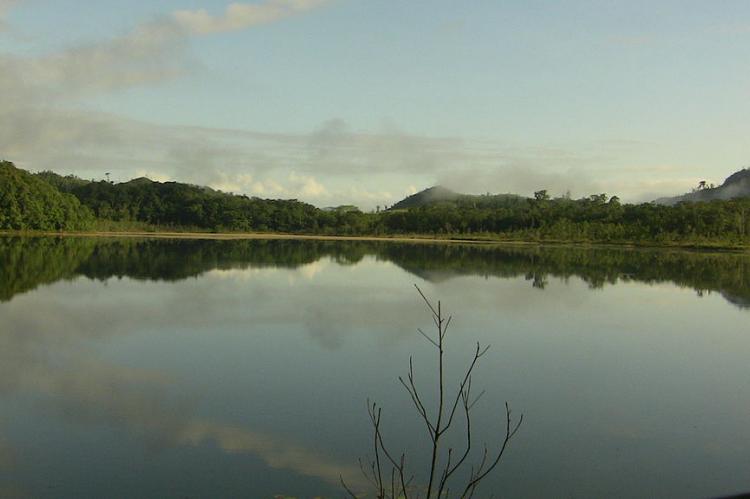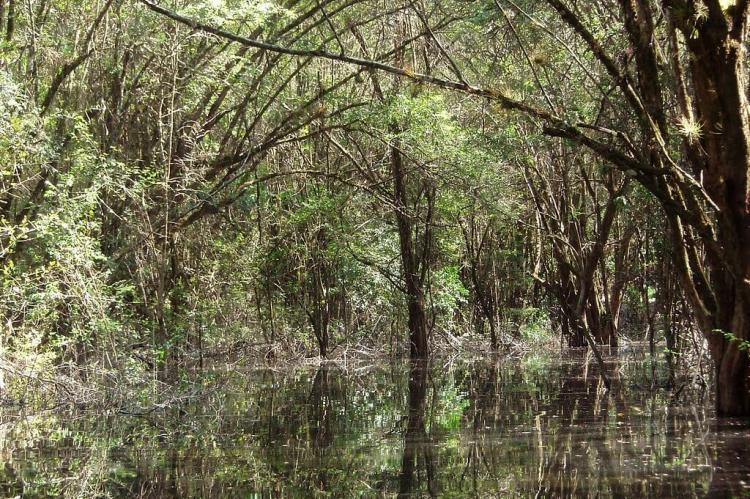Mexico's Nahá-Metzabok Biosphere Reserve: A Sanctuary of Biodiversity and Cultural Heritage
The Nahá-Metzabok Biosphere Reserve in southeastern Mexico safeguards a variety of ecosystems, including montane rainforests, pine–oak woodlands, and pristine lakes within the Lacandón Forest region. It's a sanctuary for biodiversity and cultural richness, inviting exploration.
Mexico's Nahá-Metzabok Biosphere Reserve: A Sanctuary of Biodiversity and Cultural Heritage
Within the verdant landscapes of Chiapas state in southeastern Mexico lies the Nahá-Metzabok Biosphere Reserve. This reserve spans the northeastern Chiapas Highlands and is a haven for biodiversity and cultural richness. Safeguarding montane rainforests, pine–oak woodlands, and pristine lakes within the renowned Lacandón Forest region, the Nahá-Metzabok Biosphere Reserve invites exploration of its physiography, climate, flora and fauna, and socio-economic characteristics.
Physiology
Physiographically, the Nahá-Metzabok Biosphere Reserve showcases a captivating sequence of plains, hills, and plateaus sculpted by the intricate karstification process. Comprising folded ranges extending from northwest to southeast, the region's altitudes range from 840 meters (2,750 feet) above sea level on the plains to 1,280 meters (4,200 feet) above sea level on the plateaus. The underlying limestone geology has given rise to a mesmerizing array of karst features, including caverns, sinkholes, and the iconic sinkhole lakes known as cenotes. Among these wonders, the interconnected lake systems of Nahá and Metzabok form a closed basin, offering a unique hydrological landscape ripe for exploration.
Climate
Embraced by a tropical rainforest climate, the Nahá-Metzabok Biosphere Reserve experiences temperatures averaging above 22°C (72 °F) throughout the year. Rainfall, a vital force shaping the region's ecology, pours generously, with an annual average of 2,500 millimeters (98 inches), predominantly between May and October. This climatic regime sustains the lush vegetation and diverse habitats that characterize the reserve, fostering a rich tapestry of life within its boundaries.
Flora and Fauna
Within the Nahá-Metzabok Biosphere Reserve are many plant and animal species, embodying the essence of biodiversity conservation. From the lower montane rainforests around Lake Nahá, boasting towering species like Brosimum alicastrum and Terminalia amazonia, to the pine–oak forests adorning the ridges with species such as Pinus and Quercus, the reserve is a sanctuary for botanical diversity. Meanwhile, its karstic sinkholes and lakes harbor unique wetland habitats, nurturing a wealth of aquatic and terrestrial life. The reserve is a bastion of biological richness with approximately 40,000 species, including a significant portion of Mexico's avian, bat, reptilian, and mammalian fauna.
Socio-Economic Characteristics
The Nahá-Metzabok region not only boasts ecological splendor but also serves as a home to three distinct ethnic groups - the Maya-Lacandón, Tzeltals, and Choles. Among them, the Lacandón indigenous group, rooted in ancestral ties to the Selva Lacandona region, inhabit the core zones of Nahá and Metzabok, where communal land tenure prevails. Additionally, Tzeltal and Chole communities, totaling around 6,500 individuals, reside in the buffer and transition zones under the ejido-type land tenure regime. This harmonious coexistence of cultures underscores the importance of community involvement and indigenous stewardship in the conservation efforts within the biosphere reserve.
Conclusion
In the Nahá-Metzabok Biosphere Reserve, Mexico's natural and cultural heritage converge, creating a tapestry of ecological and sociocultural significance. From the karstic wonders sculpted by millennia of geological processes to the vibrant mosaic of plant and animal life flourishing within its boundaries, the reserve embodies the beauty and resilience of the natural world. Moreover, the harmonious coexistence of indigenous communities underscores the vital role of local stewardship in safeguarding biodiversity and cultural traditions for generations to come. As exploration and appreciation of Nahá-Metzabok continue, a collective commitment to conservation ensures a sustainable future for both nature and humanity.
